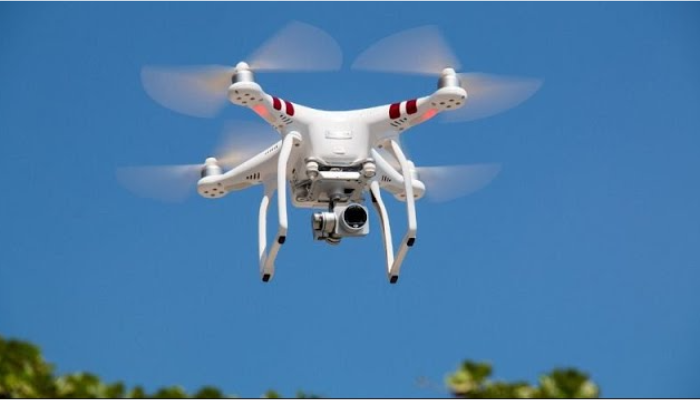
In recent years, artificial intelligence (AI) and automation have become integral to managing borders across Europe. With the EU’s increasing reliance on these technologies, the landscape of border control is rapidly changing, especially regarding migration management. From drones and biometric recognition to AI-assisted processing, these innovations promise greater efficiency but also pose significant ethical and transparency concerns.
How AI is Used at European Borders
AI-powered systems are already operational at several key EU borders, offering new ways to process migrants and asylum seekers. One of the major implementations is automated language recognition software, such as the one used by Germany’s Federal Office for Migration and Refugees (BAMF). This technology helps officials determine a migrant’s country of origin based on their voice dialect, a process designed to streamline asylum applications.
Another AI tool used in asylum hearings is aimed at recognizing “security-relevant facts.” This system flags potential issues that can help officials assess claims but leaves the final decision to human authorities. While these technologies promise to expedite asylum processing, experts caution that migrants often have no insight into how their cases are being handled, which undermines transparency.
AI-Powered Surveillance at Borders
In addition to processing asylum claims, AI plays a crucial role in border surveillance. Projects like Centaurus in Greece use CCTV cameras with behavioral analysis algorithms to monitor migrant behavior without human intervention. These systems are designed to detect illegal activities or security risks within detention centers along the Evros River, which separates Greece from Turkey.
Drones also play a part in this surveillance network, helping authorities monitor and assess situations without direct human presence. However, critics argue that these developments raise serious privacy concerns and questions about the broader application of these surveillance tools, especially when they can be repurposed for national defense.
Challenges and Concerns with AI at Borders
While AI has potential benefits, it also raises significant challenges. One of the most pressing concerns is the lack of transparency. Migrants may not be fully informed about how AI systems are used to process their asylum applications. Derya Ozkul, an expert on migration, pointed out that migrants often have no control over the outcomes of their cases when automation is involved.
Moreover, there are growing concerns about accountability. As AI-driven systems are increasingly used to monitor and process migrants, it becomes harder to hold anyone accountable when things go wrong. Maria Gavouneli, president of the Greek National Commission for Human Rights, emphasized the need for more oversight of these technologies, especially as they could be used for purposes beyond border control.
The Future of AI at European Borders
Looking ahead, the EU is set to expand its use of AI in border management. Projects like COMPASS2020, which uses autonomous drones for surveillance, and PROMENADE, focused on maritime surveillance, illustrate the EU’s growing investment in AI technologies. Future plans include the potential use of facial recognition, emotion detection, and migrant risk assessments to further automate border control procedures.
However, experts argue that without proper regulations, these technologies could lead to human rights violations, as the automation of decision-making could erode accountability. It’s essential that any AI systems used at European borders are closely monitored and regulated to ensure fairness and transparency.
Conclusion: The Need for Balanced AI Integration
As AI and automation become more prevalent in border management, the EU must balance technological advancement with ethical considerations. Migrants must be informed about the processes affecting their cases, and safeguards must be in place to ensure that these technologies are used transparently and responsibly. Proper regulation and oversight will be crucial to ensure that AI systems enhance, rather than undermine, the rights and protections of migrants at Europe’s borders.
